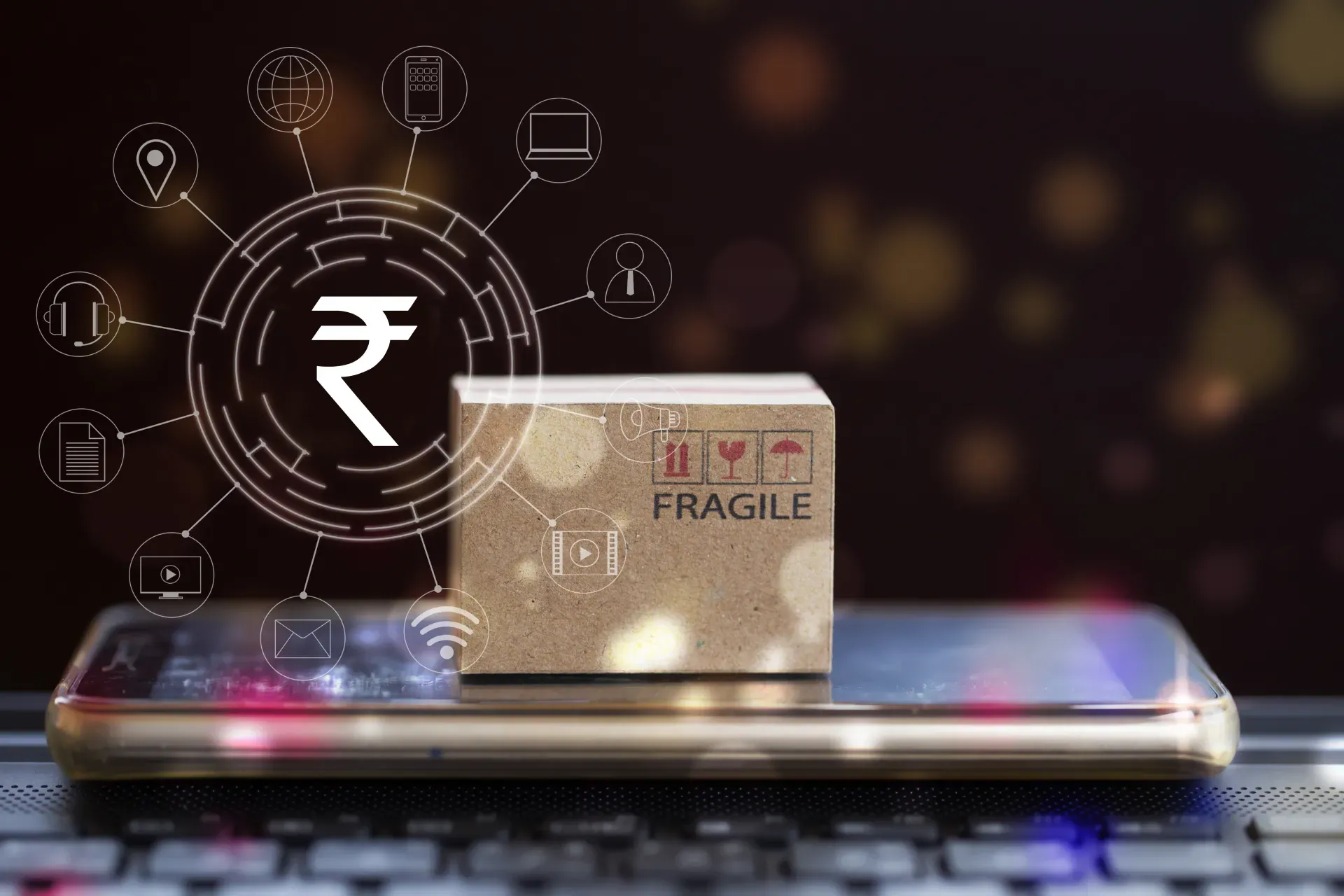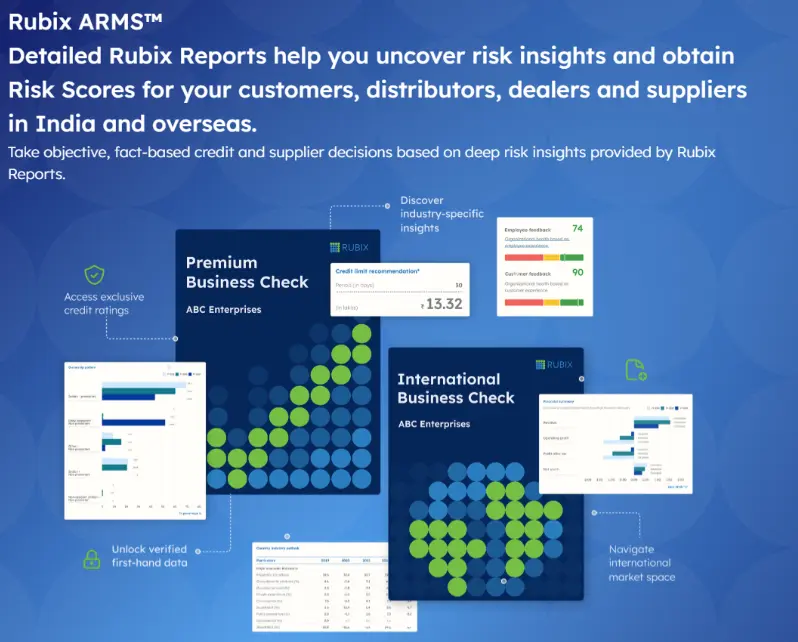CFO Mindset and Strategies
The Need for a UPI-like Revolution in B2B Payments

When India launched the Unified Payments Interface (UPI) in 2016, few anticipated the seismic shift it would bring to consumer payments. Today, UPI processes over 16 billion transactions per month, reshaping how Indians pay for everything from groceries to government services. With its blend of simplicity, speed, and security, UPI has become the gold standard in retail digital payments globally. But what if this revolution could be extended to the B2B space, where businesses, not individuals, are the transacting parties?
The question is not just aspirational. It is fundamental to unlocking India’s next wave of economic efficiency. Could the core attributes that made UPI a retail success—instant payments, interoperability, and minimal transaction costs—redefine how businesses move money, manage cash flows, and finance their operations?
Why a B2B Payments Revolution is Urgent
B2B transactions account for 80% of India’s total payment flows; in FY2022, B2B payments in India stood at approximately USD 7.6–8 trillion, compared to USD 1.5 trillion in B2C transactions, yet they remain constrained by inefficiencies. Payment cycles in B2B transactions can take anywhere from 30 to 90 days, causing significant cash flow constraints, especially for MSMEs. This delay contributes directly to a staggering INR 20–25 trillion credit gap faced by MSMEs. In an India of instant UPI payments, why are businesses still waiting weeks to get paid?
The answer lies in legacy systems, disconnected processes, and a lack of real-time infrastructure purpose-built for B2B workflows. What is needed is not just digitization, but a new architecture.
A “B2B UPI” is no longer just an idea—it is a necessity for unlocking productivity, improving cash flows, and enabling inclusive economic growth.
Bharat Connect: A Glimpse of What’s Possible
India has already begun laying the foundation for this transformation. Bharat Connect for Business, a framework developed by NPCI Bharat BillPay Ltd (NBBL), aims to bring the power of interoperability and real-time automation—hallmarks of BBPS and UPI—to the B2B space. Bharat Connect for Business is an open, interoperable ecosystem that enables:
- Seamless exchange of invoices between buyers and sellers through their Enterprise Resource Planning (ERP) systems
- Real-time invoice acceptance and payment triggers
- Auto-reconciliation of payments against invoice line items
- Access to invoice-level financing based on verified trade data
Sellers upload invoices directly from their accounting software. Buyers can view, approve, or return them from their own systems. Once approved, payments can be made instantly using bank transfers, cards, or other integrated methods. Every transaction is synced, timestamped, and audit-ready. More than a platform, Bharat Connect is a blueprint for how India’s B2B payment flows can be re-architected—with transparency, traceability, and trust. But Bharat Connect is only the first step. The real opportunity lies in what this enables.
The Real Opportunity: A Smarter, Seamless B2B Economy
Imagine an India where:
- Invoices auto-trigger payments upon approval, slashing Days Sales Outstanding (DSO) from months to minutes
- Cash flow becomes a data product, with banks and fintechs offering credit based on real-time receivables
- Early payment discounts are applied automatically based on rules, not emails
- Tax Deduction at Source (TDS), Goods and Services Tax (GST), and e-invoicing compliance happen invisibly in the background
- Finance teams operate from unified dashboards, integrating collections, payouts, financing, and reconciliation
This will not just be automation—it will be a shift from reactive to intelligent financial management.
A Game Changer for MSMEs
For India’s 60+ million MSMEs, such a system could be truly transformative, as many of them lack a formal credit history and rely on informal lending. But with a system like Bharat Connect, every verified invoice, every timely payment, and every fulfilled order becomes a data point for creditworthiness.
Financiers can assess an MSME’s performance using live trade data, rather than static financial statements. This unlocks access to low-cost, collateral-free working capital, faster loan disbursals based on buyer-approved invoices, improved collections through digital reminders and visibility, and greater cash flow predictability and reduced dependency on follow-ups.
In short, MSMEs can graduate into formal finance simply by doing what they already do—transact, deliver, and collect payments. The outcome? Lower DSOs, better credit behaviour, and greater resilience in the face of market shocks.
Cross-Border Possibilities and Caution
One of the most transformative opportunities for a UPI-like infrastructure lies in cross-border B2B payments. Global transactions remain riddled with inefficiencies—high remittance fees, opaque forex rates, multiple intermediaries, and delayed settlements. In 2023, India received remittances to the tune of USD 125 billion, and the cost for this remittance was around USD 7 billion to USD 8 billion or roughly 6%. For Indian MSMEs, where every rupee and every day counts, these frictions are costly. A UPI-like infrastructure for international B2B payments could enable real-time, low-cost remittances, reduce reliance on correspondent banking, improve forex transparency, and provide digital audit trails for compliance
However, this future is not without its regulatory complexities. Cross-border payments in India are governed by the Foreign Exchange Management Act (FEMA). Import payments require rigorous documentation, and any digital B2B solution must align with RBI’s compliance framework.
Adapting UPI-style flows for international trade will therefore require government-to-government collaboration, regulatory clarity on documentation and limits, integration with central bank digital currencies (CBDCs) or fast-payment corridors like UPI-PayNow.
Projects like BIS Project Nexus and mBridge—where India is already an active participant—offer a roadmap. But the journey will require sustained alignment between regulators, fintechs, and global institutions.
The Role of Fintechs and the Ecosystem
If Bharat Connect is the infrastructure, fintechs are the architects building next-gen experiences on top of it.
They are the ones embedding payment workflows into ERP systems, automating collections, reminders, and dispute resolution, creating embedded lending products using real-time trade data, and designing APIs that connect banks, ERPs, and accounting platforms seamlessly. These fintechs bridge the last mile between potential and practice, especially for MSMEs, where digital maturity may vary.
Vayana’s recent authorization by the Reserve Bank of India to operate as a Payment Aggregator (PA) enables it to embed payment capabilities directly into ERP systems and trade workflows. This integration allows businesses to reconcile, settle, and finance their transactions more seamlessly. By addressing long-standing pain points like delayed settlements, fragmented reconciliation, and poor credit access, Vayana aims to reduce friction in payment cycles, enhance working capital visibility, and enable broader access to supply chain finance, particularly for MSMEs. Its approach reflects a larger movement toward unifying payments and credit within a single digital layer, accelerating the modernization of India’s trade infrastructure.
Challenges Still Ahead
While the potential for a B2B UPI-like system is enormous, several roadblocks must be addressed:
- Regulatory and compliance requirements: Unlike P2P or P2M payments, B2B transactions must comply with GST, TDS, e-invoicing mandates, and other regulatory norms that vary across sectors and geographies. Inconsistent adherence to e-invoicing and frequent changes in compliance rules can add to the complexity.
- Interoperability: Businesses operate with diverse systems—from spreadsheets and legacy accounting software to advanced ERPs. The lack of standard APIs or formats creates friction in automating workflows across the ecosystem.
- Fraud prevention: As digital payments scale, so do security risks. The number of cyber fraud incidents surged from 75,800 cases in FY2023 to 292,800 cases in FY2024, an almost fourfold increase. The monetary losses also ballooned from INR 421.4 crore to INR 2,054.6 crore during the same period. This alarming rise underscores the urgent need for fraud-resilient digital infrastructure—especially in high-value B2B contexts where a single breach can have cascading effects on supply chains and partner ecosystems.
- Corporate adoption: Businesses, particularly large enterprises, are entrenched in traditional payment cycles with negotiated credit periods, post-dated cheques, and manual reconciliations. Any shift toward real-time digital payments requires rethinking supplier relationships, renegotiating terms, and investing in change management.
These are real, but not insurmountable. What is needed is a coordinated effort across regulators, fintechs, industry bodies, and businesses.
The Future of B2B Payments is Intelligent, Inclusive, and Instant
India has already demonstrated its ability to build world-class digital payment infrastructure. With the NPCI expanding UPI’s capabilities, fintechs driving innovation, and regulators committed to fostering a digital economy, the foundation is firmly in place. A real-time B2B payment system has the potential to unlock billions in working capital, bridge the MSME credit gap, and boost efficiency across India’s USD 3.7 trillion economy.
But realizing this vision requires urgency and collaboration. Regulators must create enabling policies and compliance frameworks that encourage innovation without compromising security. Fintechs must continue building interoperable, API-driven solutions that solve real business pain points. And businesses, especially large enterprises, must break away from legacy payment habits and invest in digital transformation.
The question is no longer if this can happen, but how soon we can make it a reality. The future of B2B payments is digital, dynamic, and inclusive. Now is the time for all stakeholders to act—to fast-track this revolution and reimagine how Indian businesses move money in the 21st century.







